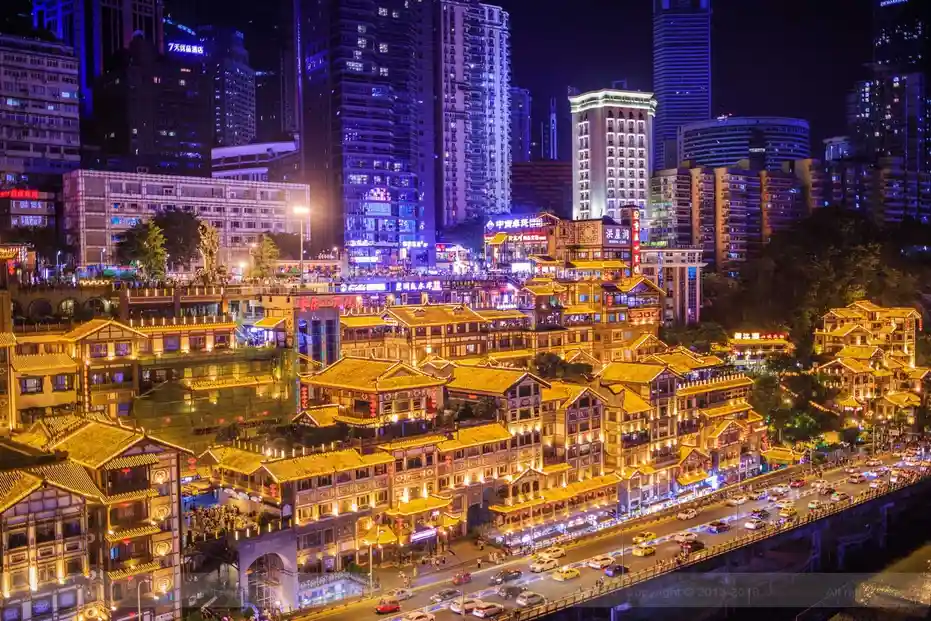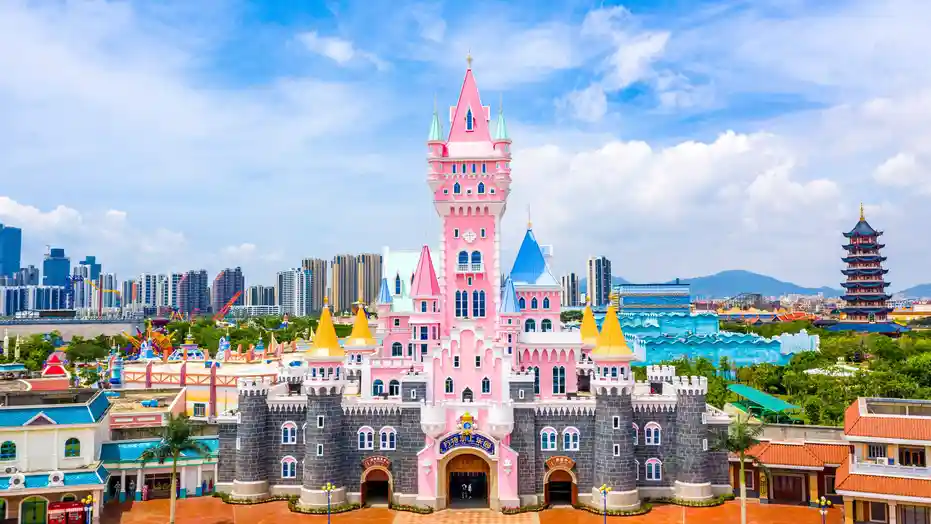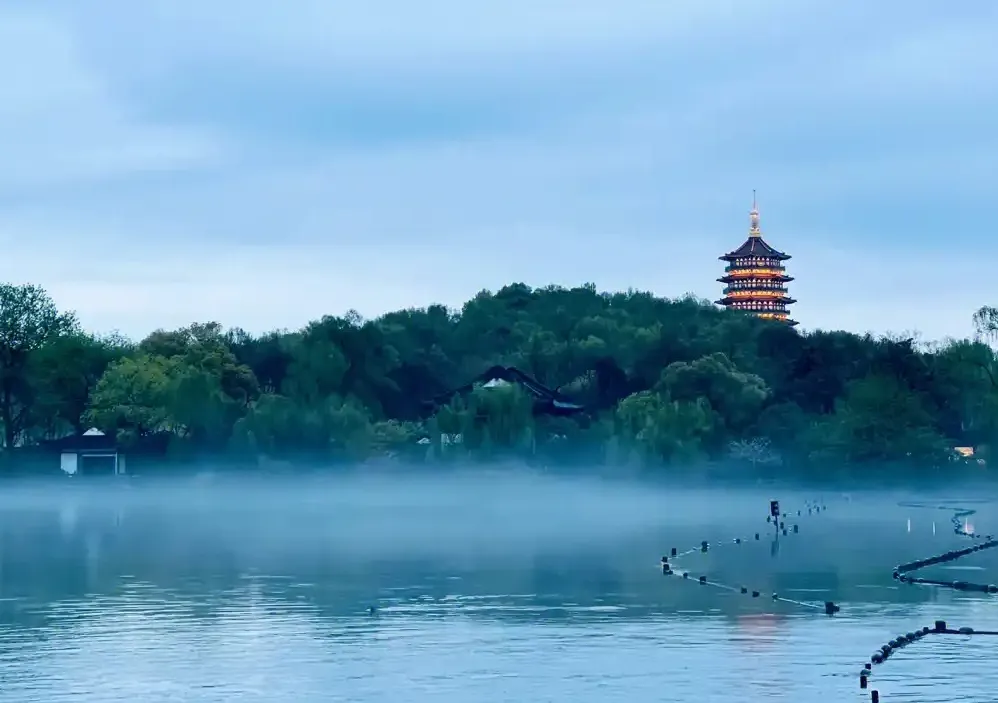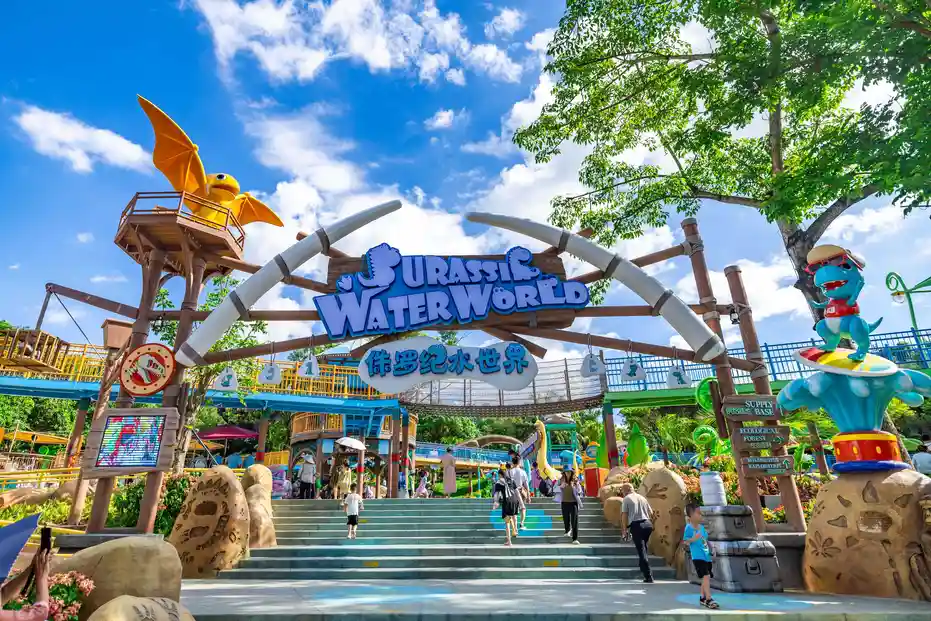Introduction
Chongqing is a city of contrasts—where modern skyscrapers meet ancient architecture and mountainous landscapes. At the heart of this vibrant metropolis lies one of its most iconic attractions: the Hongyadong Folk Custom Scene Area. This multi-level complex blends traditional stilted buildings with contemporary tourism, offering travelers a unique glimpse into local culture and history.
More than just a photo hotspot, Hongyadong provides an immersive experience. From its glowing night views to its bustling alleyways filled with local snacks and handmade crafts, it’s a destination that captures the spirit of old Chongqing. Whether you’re planning your first visit or seeking deeper insight, this guide covers everything you need to know.
We’ll explore its history, architectural design, must-see spots, dining options, best times to visit, and practical travel tips. By the end, you’ll be equipped to make the most of your trip to this cultural landmark.
What Is the Hongyadong Folk Custom Scene Area?
The Hongyadong Folk Custom Scene Area is a tourist complex located on the banks of the Jialing River in downtown Chongqing. Built in 2006, it was designed to reflect the traditional stilt houses (diaojiaolou) common in southern China, especially among ethnic minority communities.
This 11-story structure spans over 60,000 square meters. It connects Yuzhong District with the riverfront via elevated walkways and stairs. Despite its modern construction, the exterior mimics ancient wooden architecture with red lanterns, curved eaves, and intricate carvings.
The site serves both as a commercial center and a cultural showcase. Shops, restaurants, and performance spaces occupy its floors, each themed around Sichuan folk traditions. Its popularity surged after going viral on social media, thanks to its dazzling nighttime illumination.
Visitors often compare it to a real-life “Spirited Away” setting. The layered balconies and glowing lights create a dreamlike atmosphere, especially when viewed from across the river. While some criticize it as overly commercialized, others appreciate its role in preserving regional aesthetics in a rapidly urbanizing city.
A Glimpse into the History of Hongyadong
While the current structure dates to the 21st century, the name “Hongyadong” has deep historical roots. The original Hongya Cave was a natural grotto used during the Ming and Qing dynasties. It served as a shelter and storage space for boatmen navigating the Jialing River.
In ancient times, this area was part of Chongqing’s bustling port district. Merchants and laborers gathered here, creating a rich tapestry of dialects, cuisines, and customs. The cave itself got its name from the red cliffs (hong ya) that line the riverbank.
Over time, industrialization diminished the area’s significance. By the late 20th century, it had become neglected. The government-led redevelopment project aimed to revive its cultural value while boosting tourism.
Today’s Hongyadong Folk Custom Scene Area is a symbolic reconstruction. It honors the past without replicating it exactly. The blend of old design and new function makes it a bridge between eras—an architectural homage to Chongqing’s heritage.
Architectural Design and Cultural Significance
The design of Hongyadong draws heavily from traditional Ba-Yu architecture. This regional style features elevated wooden structures built on slopes or near water. The stilts protect against flooding and uneven terrain—common challenges in mountainous Chongqing.
One of the standout features is the vertical layout. Unlike typical malls, Hongyadong has entrances on multiple levels due to the city’s steep topography. What appears as the 1st floor from one street may be the 7th from another.
Each floor serves a different purpose:
- Floors 1–2: Riverside promenade and boat access
- Floors 3–4: Local snack streets and tea houses
- Floors 5–6: Cultural exhibitions and craft shops
- Floors 7–11: Restaurants, hotels, and viewing platforms
The red lanterns and night lighting are inspired by festival traditions. During holidays, additional decorations enhance the festive mood. This attention to detail reinforces the site’s identity as a living cultural space, not just a tourist attraction.
Must-See Attractions Within the Complex
Exploring the Hongyadong Folk Custom Scene Area reveals numerous highlights. Start at the **Themed Alleys**, where murals and sculptures depict old Chongqing life. These narrow lanes mimic the city’s historic alley networks, known as *hutong* in northern China but called *longmen* here.
Don’t miss the **Folk Art Pavilion** on the fifth floor. It hosts rotating exhibits on Sichuan opera masks, paper cutting, and bamboo weaving. Occasionally, live demonstrations let visitors try their hand at traditional crafts.
For panoramic views, head to the **Rooftop Observation Deck**. Facing the Jialing River, it offers unobstructed vistas of the city skyline and the Qiansimen Bridge. Sunset and nighttime are the best times for photography.
Another favorite is the **Underground Grotto Zone**, a modern interpretation of the original Hongya Cave. Light installations and sound effects recreate the atmosphere of an ancient riverside hideout.
Lastly, the **Cultural Performance Stage** hosts short folk shows daily. Watch dancers in traditional costumes or listen to local musicians playing the *erhu* and *pipa*.
Where to Eat: Local Cuisine and Snack Streets
No visit to the Hongyadong Folk Custom Scene Area is complete without tasting Chongqing’s famous street food. The third and fourth floors are dedicated to small eateries and food stalls serving regional specialties.
Must-try dishes include:
- Chongqing hot pot (spicy and numbing with Sichuan peppercorns)
- Small noodles (xiaomian) with chili oil and preserved vegetables
- Grilled skewers (chuan’r) with cumin and chili powder
- Sugar-coated haws (tanghulu) for a sweet treat
Many vendors emphasize authenticity. Look for stalls with long lines—locals usually know best. Some restaurants offer indoor seating with river views, ideal for those wanting a break from the crowds.
Vegetarian options are limited but available. Try *mapo tofu* made without meat or steamed buns filled with mushrooms. Be cautious with spice levels—many dishes are extremely hot by international standards.
Best Time to Visit and How to Avoid Crowds
Timing your visit can greatly improve your experience. Weekdays are significantly less crowded than weekends. Arrive early in the morning (before 10 a.m.) to enjoy the area with fewer people.
Sunset, between 6:30 and 7:30 p.m., is visually stunning. The transition from daylight to neon lights creates a magical effect. However, this is also peak tourist time. Expect heavy foot traffic, especially near the observation decks.
Avoid national holidays like Chinese New Year or Golden Week. During these periods, visitor numbers can exceed 100,000 per day. If you must visit then, go right when the complex opens.
Pro tip: Enter from the upper levels (e.g., Qixinggang Station) to bypass the busiest entrances. Use the city’s metro system—Hongyadong is accessible via Line 6 (Huanghuayuan Station) and Line 1 (Xiaoshizi Station).
Shopping and Souvenirs: Take a Piece of Chongqing Home
Beyond food and views, the Hongyadong Folk Custom Scene Area offers unique shopping opportunities. The fifth and sixth floors host boutique stores selling locally made goods.
Popular souvenirs include:
- Hand-painted Sichuan opera masks
- Spice blends for DIY hot pot
- Embroidered silk pouches and fans
- Miniature models of stilt houses
Look for shops labeled “Authentic Chongqing Crafts” to avoid mass-produced imports. Some vendors accept international payment apps like Alipay Tour Pass, though carrying cash is still recommended.
Support small artisans by purchasing directly from exhibition booths. Prices are often negotiable, especially if buying multiple items.
How to Combine Your Visit with Nearby Attractions
Hongyadong is ideally located for exploring other parts of central Chongqing. Pair your visit with these nearby landmarks:
| Attraction | Distance | Recommended Time |
|---|---|---|
| Chaotianmen Square | 10-minute walk | 30 minutes |
| Qiansimen Bridge | 5-minute walk | 20 minutes |
| Chongqing People’s Hall | 15-minute taxi ride | 1 hour |
| Yangtze River Cableway | 20-minute walk | 45 minutes |
The cableway offers aerial views of the city and is especially scenic at night. Chaotianmen, where the Yangtze and Jialing rivers meet, features modern architecture and light shows.
Conclusion: Making the Most of Your Trip
The Hongyadong Folk Custom Scene Area is more than a tourist hotspot—it’s a celebration of Chongqing’s cultural identity. Its thoughtful design, rich offerings, and striking visuals make it a must-visit destination.
To maximize your experience, plan ahead. Visit during off-peak hours, explore all 11 floors, and engage with local culture through food, crafts, and performances. Combine your trip with nearby attractions to fully appreciate the city’s dynamic character.
As Chongqing continues to grow, spaces like Hongyadong play a vital role in preserving regional heritage. Whether you’re a culture enthusiast, photographer, or casual traveler, this site offers something memorable.
Respect the space, support local vendors, and take time to understand the stories behind the scenery. With this guide, you’re ready to explore one of China’s most fascinating urban landmarks.



